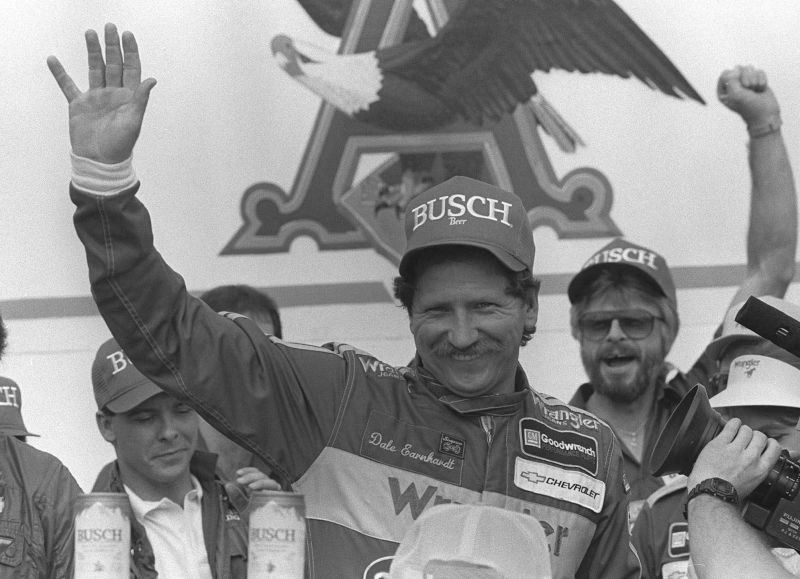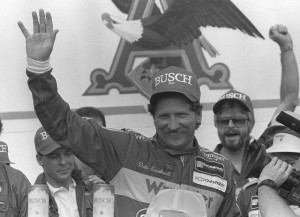

By Bryanna McDermott | The Duquesne Duke
“You can’t let one bad moment spoil a bunch of good ones.”
Fifteen years after Dale Earnhardt’s tragic death, his famous quote may be truer now than ever.
NASCAR have lost a racing legend with the death of the seven-time Winston Cup champion, but the tragedy sparked a revolution in safety throughout auto racing that saved the lives of many other drivers.
On the final lap of the 2001 Daytona 500, Dale Earnhardt’s No. 3 car lost control and hit a barrier at over 150 miles per hour. As the checkered flag waved, Earnhardt didn’t crawl out of his car as expected. Paramedics found the driver unconscious and without a pulse, leaving the racing world stunned and one of NASCAR’s brightest stars dead.
The main cause of the accident has been agreed upon that Earnhardt died due to blunt force injuries to the base of the skull.
NASCAR officials stated that the left lap belt separated upon impact, allowing Earnhardt’s body to come loose from his seat and make contact with the steering wheel, breaking eight of his ribs. Earnhardt was also not wearing a full face helmet.
The league’s research center immediately began using computer models to analyze similar crash scenarios to help seat belt manufacturers strengthen belts and find better installation methods. Many race teams turned to six-point belts that better distribute the forces of a crash to prevent breakage during impacts.
NASCAR also introduced the HANS device, a collar worn underneath harness belts that tethers to a driver’s helmet, restricting the movement of the head in case of impact. The device was designed to prevent the very thing Earnhardt died from, but was not mandated for NASCAR drivers.
In October 2001, NASCAR mandated head and neck restraints, like the HANS device, along with making car windows wider to accommodate the extra equipment on drivers.
Crash data records were authorized in the 2002 Sprint Cup Series to gather more data about wrecks, while NASCAR continued to work on the Car of Tomorrow. The Car of Tomorrow was designed with the driver’s safety as a priority and can be seen on the track today. The car moved the driver’s seat toward the middle in order to create a larger energy-absorbing crumple zone that would protect drivers from direct hits.
Several safety standards have come forth in the following years, including a roof bar to decrease the chance of the roof caving in when a car flips. Other standards included stronger windshields, new seat belt mounts, additional belts and the installation of SAFER barriers on the walls of all NASCAR tracks. SAFER stands for Steel And Foam Energy Reduction and is used to cushion the impact between the car and concrete walls during a crash.
In July 2015, NASCAR received its ultimate test when Austin Dillon’s car flew into the Daytona International Speedway’s catch fence. The car ripped apart before landing back on the track and getting hit by a second car. The engine sat on the infield grass, yards away from the rest of the car, but Dillon remained in his seat, unscathed.
NASCAR hasn’t seen another death since Earnhardt, and it’s not just by luck. Earnhardt’s death launched a safety revolution throughout NASCAR that continues to make strides every season to help protect racers.
Cars moving at an upwards of 200 mph are bound to crash – it’s simply a part of the sport. As Earnhardt would say, “You win some, lose some and wreck some.” It’s just a whole lot safer to wreck now.




